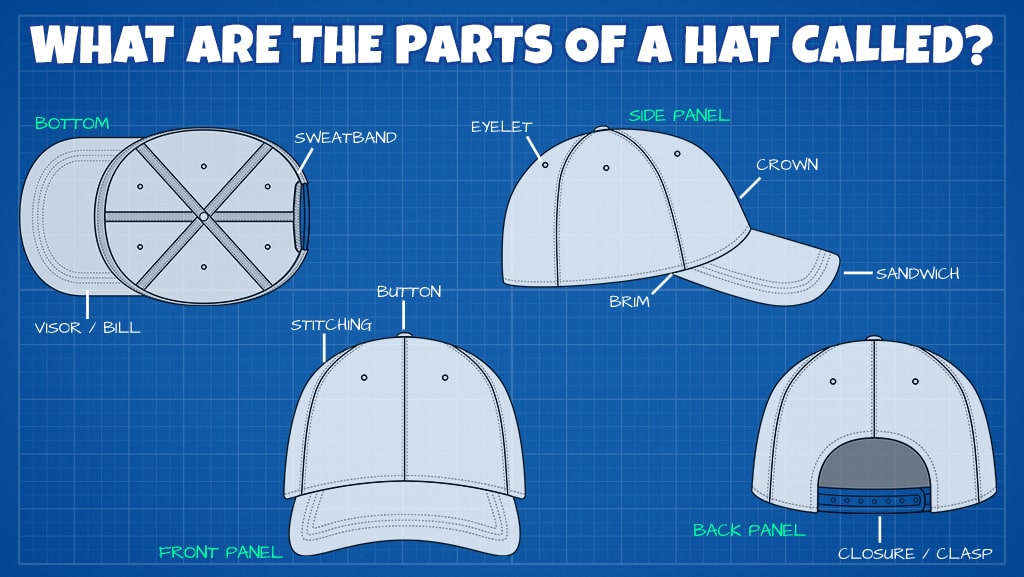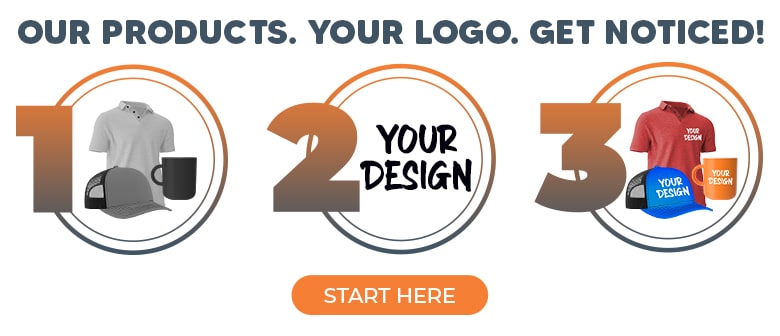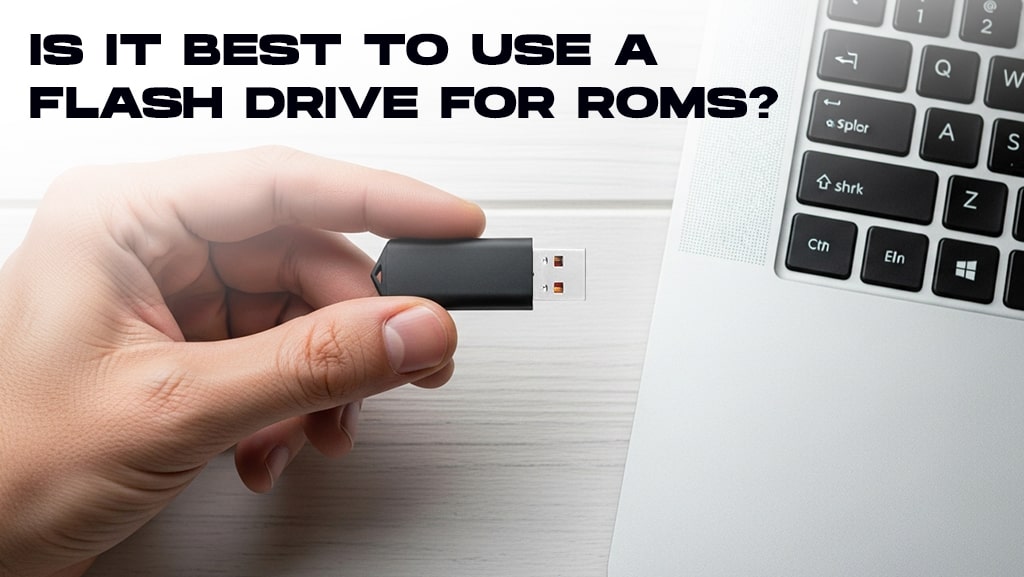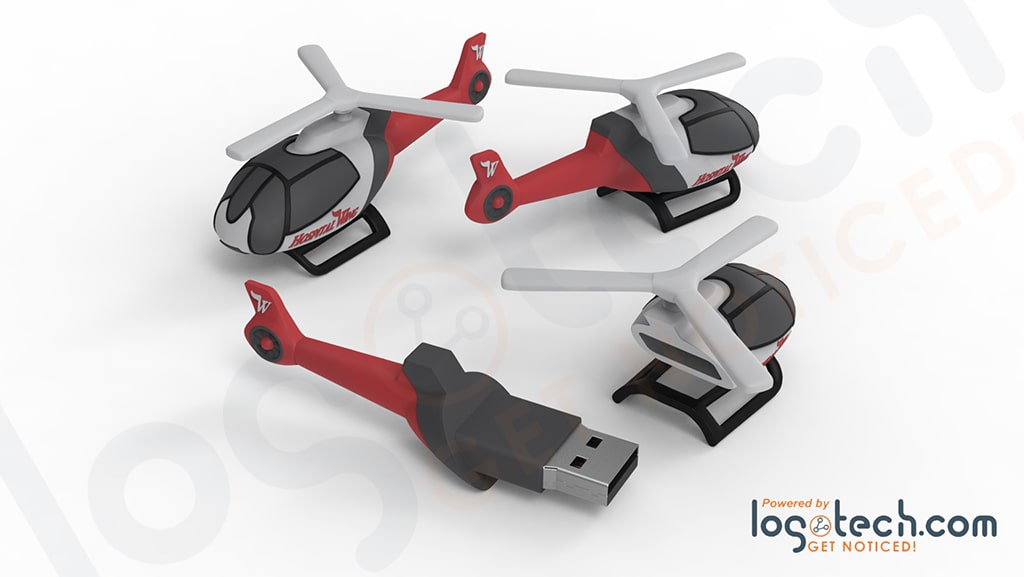
What Are the Parts of a Hat Called?
How the Parts of a Baseball Cap Change Style and Function
Hat-making is a balancing act of function and style; every component plays a vital role. Like a well-orchestrated symphony, each part of a hat contributes to the final product, affecting the aesthetics and utility of the hat. In this article, we delve into the anatomy of a hat, exploring its parts to understand how each component influences its design and function. We'll see the complexity of this simple accessory, showing that a hat is much more than a simple piece of apparel.
The Parts of a Baseball Cap
The Crown
At the heart of every hat is the crown, the top portion resting on the wearer's head. The crown gives the hat its overall shape and height, defining its silhouette and style. Depending on the type of hat, the crown can vary significantly in design, with structured and unstructured forms.
Structured crowns maintain a firm shape due to materials that keep them upright and defined. This structure is often seen in formal hats, offering a polished and sophisticated appearance. On the other hand, unstructured crowns lack this rigid support, allowing for a more relaxed and casual look. These crowns adapt more freely to the shape of the wearer's head, providing a comfortable fit that's perfect for everyday wear.
The variety of crown styles allows hats to be designed for specific purposes and aesthetics, catering to personal preferences and functional needs. Whether structured or unstructured, the crown's design significantly impacts the hat.
The Brim and Visor/Bill
The distinction between the brim and the visor (or bill) of a hat is structural and functional, defining the types and styles of hats we see today. The brim circles the base of the crown and can vary in width, offering shade and protection from the elements for the wearer's entire face and, in some cases, shoulders.
In contrast, the visor is typically associated with baseball caps, projecting outward to shield the eyes from sunlight. The visor focuses on practicality and comfort during activities where direct sunlight can impair vision.
Both elements—the brim and the visor/bill—offer protection against the weather while serving as key design features that enhance the hat's look.
The Closure/Clasp
A hat's closure (or clasp) is critical, letting you adjust the hat to fit various head sizes. This element is common in caps and hats with a more casual style, where a perfect fit is essential for comfort and function. There are several types of closures found in hats, each offering a mechanism for adjustment.
Snapbacks feature a plastic snap closure at the back, providing a wide range of sizes for a customizable fit. Velcro closures offer similar adjustability with a strip of Velcro that can be tightened or loosened easily. Adjustable straps, which can be made of fabric or leather, often come with a buckle or slide for securing the hat at the desired size.
The choice of closure ensures the hat fits well and contributes to its overall style. Whether it's the classic look of a leather hat strap back or the sporty look of a snapback, the closure plays a pivotal role in the hat's aesthetic and functionality.
The Button and Stitching
The button at the top of a hat serves a functional and decorative purpose. Initially designed to cover the junction where different panels of the hat's crown meet, the button has become a focal point that can enhance the hat's appearance. This small detail can significantly contribute to a hat's overall design, from simple, color-coordinated buttons to ornate, branded versions.
While less visible than the button, stitching is no less crucial to a hat's structure and durability. It's the stitching that holds the hat's fabric together, creating the shape of the crown, attaching the brim, and ensuring that any additional elements like the sweatband or lining stay in place. The quality of stitching on a hat affects its longevity and can also add to the design through contrasting colors or patterns that highlight the contours and craftsmanship.
Eyelets
Eyelets are small holes found on many hats, primarily for ventilation purposes. Strategically placed around the crown, these holes allow air to circulate and keep the wearer's head cool, especially during warm weather or physical activity. While functional, eyelets can also serve an aesthetic role, with their size, shape, and color contributing to the hat's overall look.
Sandwich
The sandwich is a less commonly known feature, referring to a layer of material between the top and bottom of a visor's bill, sometimes in a contrasting color. This subtle detail can add a distinctive touch to the hat's design, offering an opportunity for customization without overwhelming the hat's appearance. Both the eyelet and the sandwich highlight the thoughtful consideration of both function and fashion in the design of modern headwear, ensuring that hats are practical and visually appealing.
Structured vs. Unstructured Hats
What is a structured hat? The distinction between structured and unstructured hats fundamentally comes down to the construction of the crown. Structured hats have a rigid shape supported by an internal framework, often made from buckram or similarly stiff fabric. That gives them a defined silhouette regardless of whether they're being worn. This type of hat maintains its shape, providing a polished appearance commonly seen in formal or professional settings.
Unstructured hats lack this rigid support, resulting in a softer, more flexible crown that conforms to the shape of the wearer's head. Without the stiffening materials, these hats offer a relaxed, casual look. Some consider them more comfortable due to their adaptability and reduced pressure on the head. Unstructured hats are perfect for everyday wear, sports, or casual outings where comfort and ease are priorities.
Creating Custom Ballcaps for Your Brand
Designing custom baseball caps for your team is a great way to create unity and showcase your brand! Choose a cap style, like snapback, fitted, or trucker hats, and decide between structured or unstructured designs and various materials for the perfect mix of style and comfort.
When you partner with Logotech, the personalization process is seamless. We have thousands of custom hats you can choose from, and we can use techniques like digital printing and embroidery to add logos and personal touches. Our commitment to quality ensures that the caps are stylish, durable, and comfortable. Choose Logotech for your custom ballcaps and create a unified look for your team!
Knowing the parts of a hat shows you the intricacies and thoughtfulness in its design; each hat part is crucial in defining the hat's function and aesthetic. Whether you're selecting a hat for personal use, for a team, or as part of a uniform, recognizing the importance of each component will help you make informed choices to suit your needs best.
Frequently Asked Questions
Q: Can the lining of a hat influence its comfort?
A: Absolutely! The lining of a hat adds to the overall comfort by providing a smooth surface against the skin and protecting the head in various weather conditions. For example, a satin or silk lining can help keep the head cool in warm climates, while a fleece lining is better suited for cold weather.
Q: Are there eco-friendly options for baseball caps?
As sustainability becomes a bigger concern, many brands now offer eco-friendly baseball caps made from organic cotton, recycled polyester, or bamboo fiber.
Q: What does "snapback" refer to in baseball caps?
A snapback refers to a baseball cap with an adjustable snap closure in the back, making it one-size-fits-most. The term "snapback" has become synonymous with a certain style of cap that usually has a flat visor and a structured crown, popular in hip-hop and urban fashion.
Q: Why do some baseball caps have a flat visor while others are curved?
Choosing between a flat or curved visor is a personal preference and style. Flat visors are a modern trend associated with streetwear, while curved visors are traditional and may offer better sun protection.








